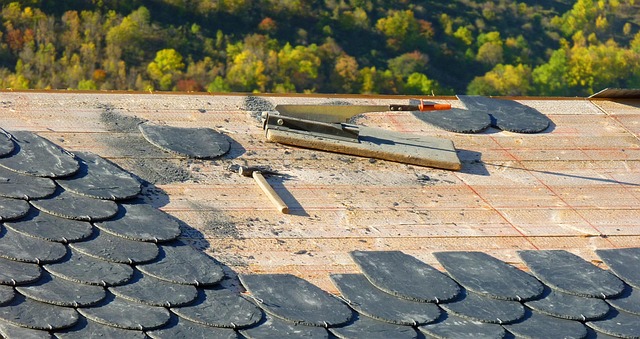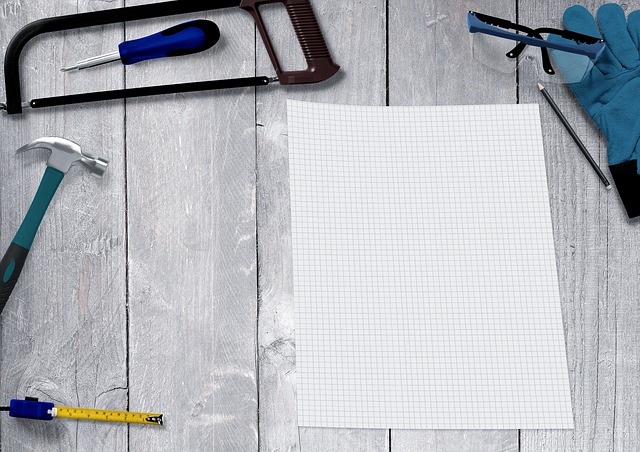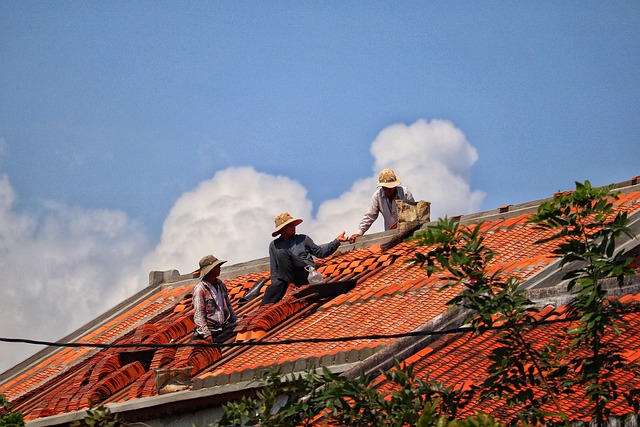Professional roof inspections by roofer experts are crucial for maintaining your home's value and integrity. They meticulously check for leaks, structural decay, proper drainage, gutter condition, and roofing material quality. By identifying issues early, these assessments enable prompt repairs or replacements, ensuring a secure and durable roof. Key areas include signs of leaks, structural components, drainage systems, and the overall condition of roofing materials. Regular inspections prevent further damage and keep your home sheltered.
When it comes to protecting your home, a thorough roof inspection by a professional roofer is paramount. This essential service goes beyond a visual assessment; it involves scrutinizing every aspect of your roofing system for leaks, decay, and structural integrity. From identifying subtle signs of damage to employing advanced tools, roofers ensure your shelter’s protection. This article breaks down the roof inspection process, highlighting key components and the vital role roofers play in maintaining safe, secure homes.
Understanding the Roof Inspection Process

Roof inspections are a crucial part of maintaining your home’s integrity and value. The process typically involves a thorough examination by a professional roofer who will assess several key areas. Firstly, they’ll check for any signs of leaks, which could indicate damaged shingles or flashing. Secondly, the inspector will look for structural decay, such as rot in the wooden components, which might require immediate attention to prevent further damage.
Additionally, they will evaluate the overall structural integrity of the roof by checking for proper drainage, the condition of gutters and downspouts, and the stability of supports. A roofer will also assess the quality and age of the roofing materials, providing insights into potential future replacement needs. This process ensures that any issues are identified early, allowing for prompt repairs or replacements to maintain a secure and durable roof.
– Identifying common signs of leaks and decay

Roofers often encounter several telltale signs indicating leaks and decay during their inspections. These issues can range from visible damage like missing or damaged shingles, to more subtle indicators such as stained or discolored ceilings, walls, or floors below. Cracked or blistered paint, peeling or blistered caulk, and warped or bubbling roofing materials are also common red flags.
In terms of structural integrity, roofers look for signs of sagging, misalignment, or uneven surfaces. These problems could be caused by weak or deteriorated trusses, supports, or other structural elements. Additionally, inspecting the flashing around chimneys, vents, and valleys is crucial, as these areas are particularly vulnerable to leaks. Regular maintenance and timely repairs based on these observations can prevent further damage and ensure a secure shelter for homeowners.
A roof inspection by a professional roofer is an essential step in maintaining your home’s integrity. By regularly assessing for leaks, decay, and structural soundness, you can prevent costly repairs and ensure your family’s safety. Remember, early detection is key to keeping your home in top condition.
